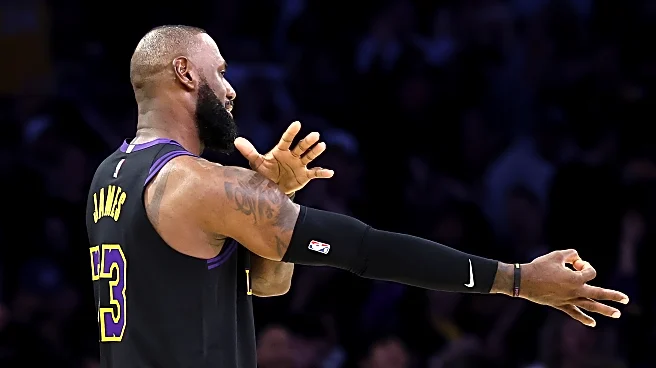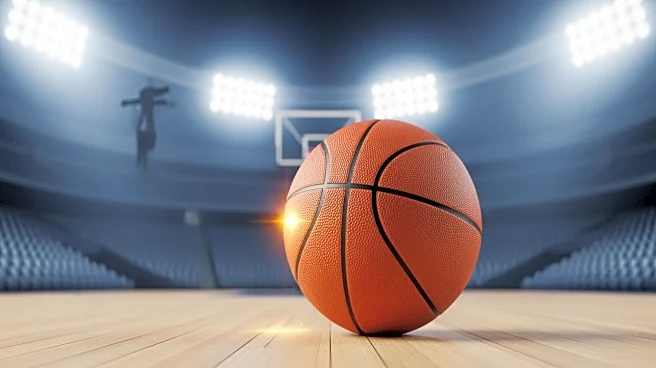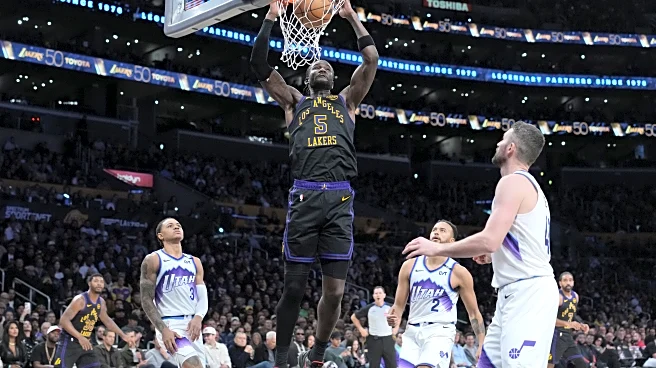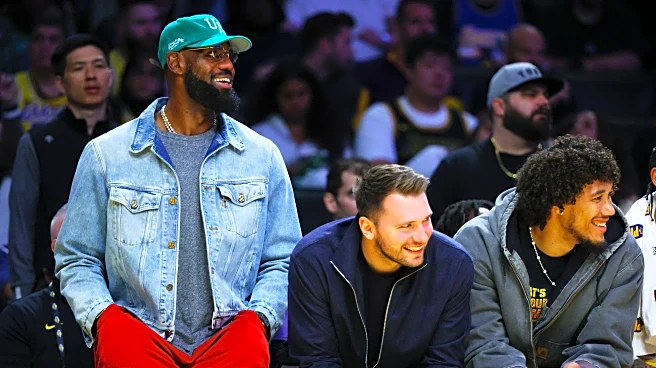Through the first month of the 2025-26 NBA season, Deandre Ayton is looking like one of the biggest steals of the summer.
The Lakers split their $14.1 million non-taxpayer mid-level exception between Ayton
($8.1 million) and Jake LaRavia ($6.0 million), both of which seem like home runs early on. Ayton already has seven double-doubles in his first 14 games this year and is averaging 16.5 points, 8.8 rebounds and 0.9 blocks in only 30.4 minutes per game.
If Ayton keeps this up, he figures to decline his $8.1 million player option for the 2026-27 season to pursue a bigger payday next summer in free agency. Unlike this past offseason when the Brooklyn Nets were the only team with significant salary-cap space, six teams currently project to have at least $35 million of spending power next summer, per Keith Smith of Spotrac.
The good news is that the Lakers could be one of them.
Let’s walk through both scenarios to explore how the Lakers could re-sign Ayton in 2026 if he does decline his player option.
The Cap-Space Route
If LeBron James either leaves as a free agent or retires next summer, the Lakers are poised to have significant cap space next summer. Even if Marcus Smart picks up his $5.4 million player option, they should have over $55 million of spending power, a figure that also includes Austin Reaves’ $20.9 million cap hold factored in.
From there, it comes down to order of operations.
If the Lakers wanted to re-sign Ayton with their cap space, they’d face few restrictions on how much they could offer him. Since he’s been in the league for eight seasons, he’d be eligible for a max contract that starts at up to 30 percent of the 2026-27 salary cap. Based on the current cap projection of $166 million, Ayton’s next contract could start as high as $49.8 million.
However, since Ayton changed teams via free agency this past offseason, the Lakers only have non-Bird rights on him. That means they can only offer him a four-year deal and 5 percent annual raises, not a five-year deal with 8 percent annual raises. (The latter is limited to teams with Early Bird or full Bird rights.) Other teams can offer him the exact same terms as the Lakers, so California’s nation-high state tax rate might work against the Lakers if he gets identical offers from elsewhere.
The good news for the Lakers is that even if Ayton’s resurgence continues, he’s highly unlikely to come anywhere close to a max contract next summer. The going rate for non-superstar centers these days appears to be around $20-25 million per year. Since Ayton was a former No. 1 overall pick, that might drive his price slightly higher, but he isn’t an elite rim protector and he hardly ever shoots threes. That should keep him well below the max-contract tier.
If the Lakers want to spend their cap space on another star before re-signing Ayton, they might have to go with the exception route to bring him back. That could be trickier, depending on what kinds of offers he gets from elsewhere.
The Exception Route
If the Lakers do dip below the cap heading into next offseason, they’ll gain access to the room mid-level exception, which is projected to be roughly $9.4 million. They could spend their cap space and then use that to re-sign Ayton, although that contract couldn’t be more than three years in length.
The Lakers could also use their non-Bird rights to re-sign Ayton once they’re over the salary cap. They could offer him a starting salary worth no more than 120 percent of what he’s earning this year, which would top out at roughly $9.7 million. They could give him 5 percent annual raises from there, so the maximum value of a four-year deal would be $41.8 million.
It’d be fairly surprising if he agreed to that.
If Ayton is amenable, the best path forward might be another one-plus-one deal. It’d be a two-year, $19.9 million contract with $10.2 million player option in 2027-28 that he’d plan on declining. Once the 2027 offseason rolled around, the Lakers would have Early Bird rights on Ayton, so they could offer him a starting salary worth 175 percent of what he was previously earning. That would be around $17 million. He’d also be eligible for a four-year deal with 8 percent annual raises, which would top out at roughly $73.2 million.
If Ayton is eyeing an even bigger payday than that over the next two years, the cap-space route may be the Lakers’ only way to retain him. But if he’s fine with re-signing next summer on a one-plus-one via non-Bird rights, he could still secure himself more than $80 million over the next five seasons via salary-cap exceptions alone.
The Lakers don’t need to worry about any of this until next June. They’ll have an exclusive window to legally negotiate with Ayton beginning one day after the 2026 NBA Finals end, which should give them an idea of how much he’s seeking in free agency. That period should help them map out their offseason plan of attack, too.
In the meantime, the Lakers will continue to reap the rewards of their offseason splurge.















